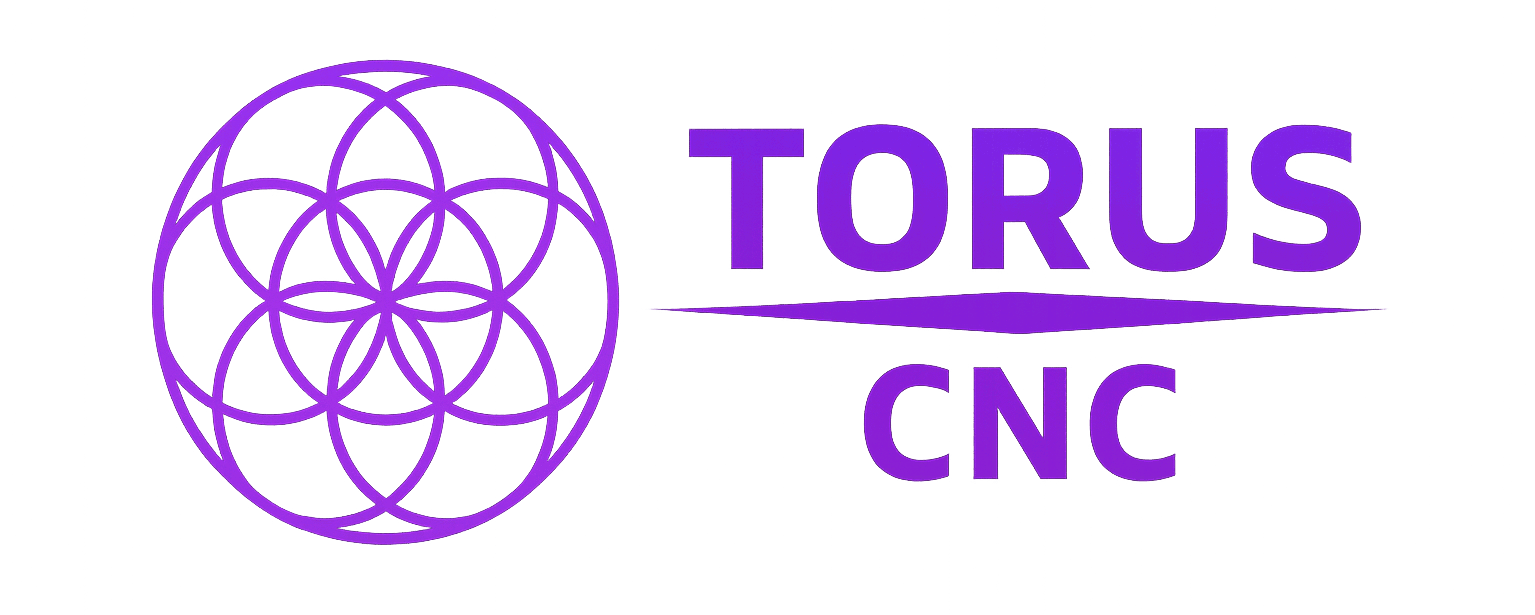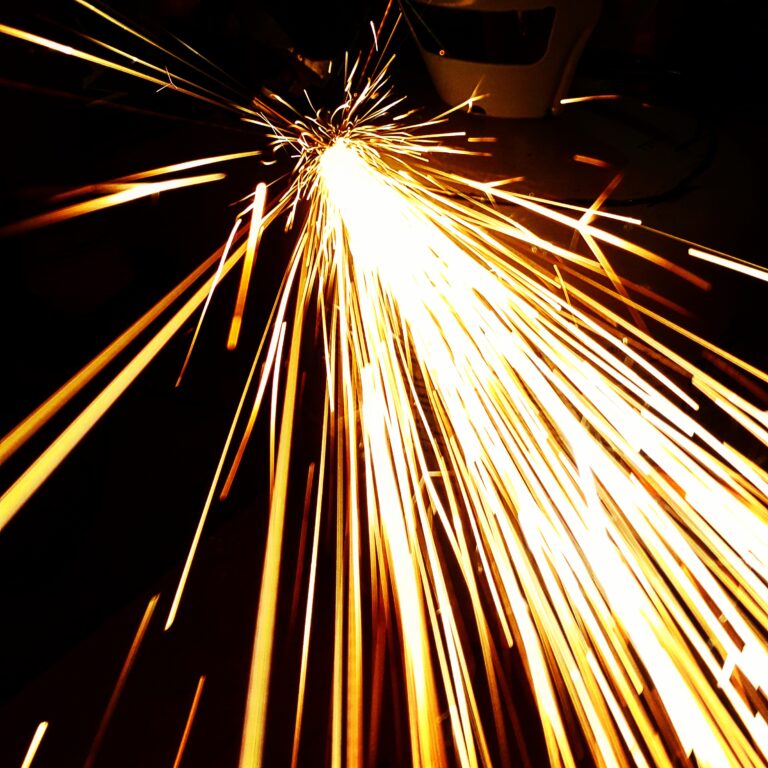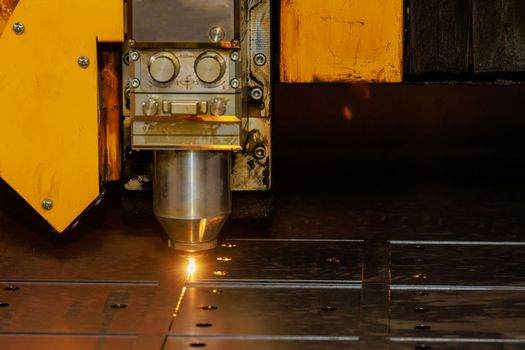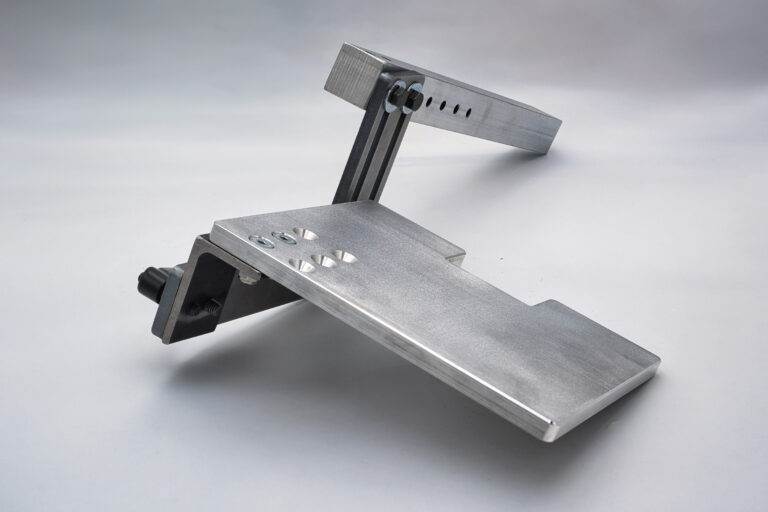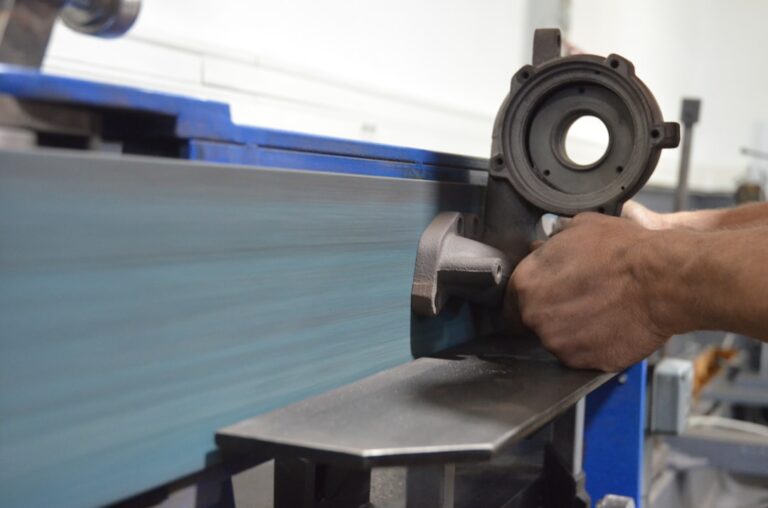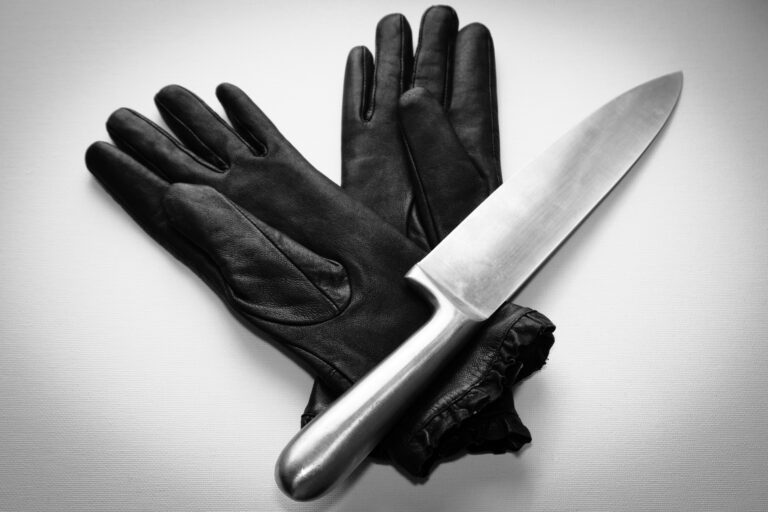The 2×72 grinder is a versatile and powerful tool that has become a staple in many workshops, particularly for those involved in metalworking, woodworking, and knife making. This machine features a belt that is 2 inches wide and 72 inches long, allowing for a wide range of applications, from shaping and grinding to polishing and sharpening. The design of the 2×72 grinder enables users to achieve precise results with relative ease, making it an essential piece of equipment for both hobbyists and professionals alike.
One of the key advantages of the 2×72 grinder is its adaptability. With various attachments and accessories available, users can customize their grinder to suit specific tasks. Whether you are looking to create intricate knife designs or simply sharpen existing blades, the 2×72 grinder can accommodate your needs.
Companies like TorusCNC have developed high-quality grinders that emphasize durability and performance, ensuring that users can rely on their equipment for consistent results over time. Understanding the capabilities of this tool is crucial for anyone looking to enhance their sharpening skills or engage in more complex projects.
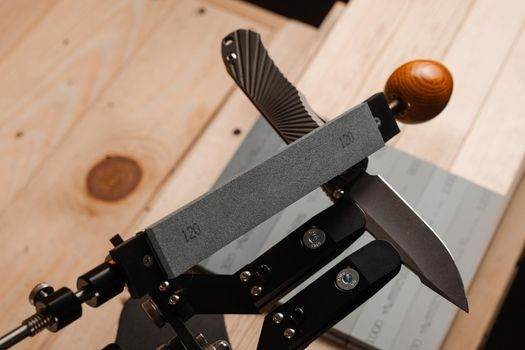
Key Takeaways
- The 2×72 grinder is a versatile tool used for sharpening and shaping knives and other metal objects.
- Sharp knives are essential for safe and efficient cutting, making regular sharpening important for any kitchen or workshop.
- Safety precautions when using a 2×72 grinder include wearing protective gear, securing the workpiece, and maintaining a clean workspace.
- Choosing the right abrasives, such as different types of belts and grits, is crucial for achieving the desired sharpness and finish.
- Techniques for sharpening knives on a 2×72 grinder include step-by-step instructions for beginners to follow and practice.
The Importance of Sharp Knives: Why Sharpening is Essential
Sharp knives are not just a matter of convenience; they are essential for safety and efficiency in any cutting task. A dull knife requires more force to cut through materials, increasing the risk of slips and accidents. When a blade is sharp, it glides through materials with minimal effort, allowing for greater control and precision.
This is particularly important in fields such as culinary arts, woodworking, and metalworking, where accuracy can significantly impact the quality of the final product. Moreover, maintaining sharp knives contributes to the longevity of the blade itself. Regular sharpening helps to preserve the integrity of the edge, preventing damage that can occur when using a dull knife.
A well-maintained blade not only performs better but also reduces the need for frequent replacements, ultimately saving time and money. By understanding the importance of sharp knives, users can appreciate the value of investing in tools like the 2×72 grinder, which facilitates effective sharpening techniques.
Safety Precautions: Guidelines for Using a 2×72 Grinder
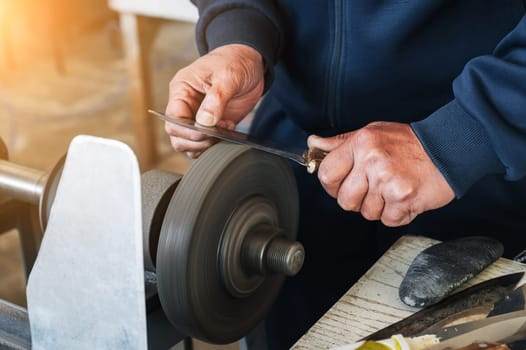
When operating a 2×72 grinder, safety should always be a top priority. The high-speed nature of this tool means that it can pose risks if not used correctly. First and foremost, wearing appropriate personal protective equipment (PPE) is essential.
This includes safety goggles to protect your eyes from flying debris, hearing protection to guard against noise exposure, and gloves to prevent cuts and abrasions. Additionally, it is advisable to wear a dust mask or respirator when grinding materials that produce fine particles. Another critical safety measure involves ensuring that the workspace is organized and free from hazards.
Cluttered work areas can lead to accidents, so it is important to keep tools and materials neatly arranged. Furthermore, users should familiarize themselves with the machine’s operation before starting any project. Understanding how to adjust the speed settings and belt tension can help prevent accidents and ensure optimal performance.
By adhering to these safety guidelines, users can enjoy the benefits of their 2×72 grinder while minimizing risks.
Choosing the Right Abrasives: Types of Belts and Grits
| Abrasive Type | Grit Size | Common Applications |
|---|---|---|
| Aluminum Oxide | 36-600 | Wood, metal, plastic |
| Zirconia Alumina | 24-120 | Stainless steel, high-pressure grinding |
| Ceramic | 36-120 | Heavy stock removal, metal grinding |
| Silicon Carbide | 60-1200 | Glass, stone, marble |
Selecting the appropriate abrasives for your 2×72 grinder is crucial for achieving desired results in sharpening and shaping tasks. Abrasive belts come in various materials and grit sizes, each designed for specific applications. Common materials include aluminum oxide, ceramic, and zirconia, each offering different levels of durability and cutting efficiency.
For instance, ceramic belts are known for their longevity and aggressive cutting capabilities, making them ideal for heavy grinding tasks. Grit size is another important factor to consider when choosing abrasive belts. Grit sizes typically range from coarse (around 36 grit) to fine (up to 1200 grit).
Coarse grits are suitable for initial shaping or removing significant material, while finer grits are used for polishing and achieving a razor-sharp edge. It is essential to select the right grit progression when sharpening knives; starting with a coarse grit to establish the edge and gradually moving to finer grits will yield optimal results. By understanding the different types of abrasives available, users can make informed choices that enhance their sharpening experience.
Techniques for Sharpening: Step-by-Step Instructions for Beginners
Sharpening knives with a 2×72 grinder may seem daunting at first, but with practice and proper technique, beginners can achieve excellent results. The first step in the sharpening process is to secure the knife in a stable position. This can be done using a work rest or by holding the knife firmly against the belt at an appropriate angle—typically between 15 to 20 degrees for most knives.
Once the knife is positioned correctly, begin with a coarse grit belt to establish the primary bevel. Move the blade steadily along the belt while maintaining consistent pressure and angle. It is important to keep the blade moving to avoid overheating, which can damage the temper of the steel.
After several passes on one side, switch to the other side of the blade and repeat the process. Once both sides have been sharpened with the coarse grit, transition to finer grits to refine the edge further. This step-by-step approach allows beginners to build confidence while honing their skills.
Maintaining Your Knives: Tips for Prolonging Sharpness
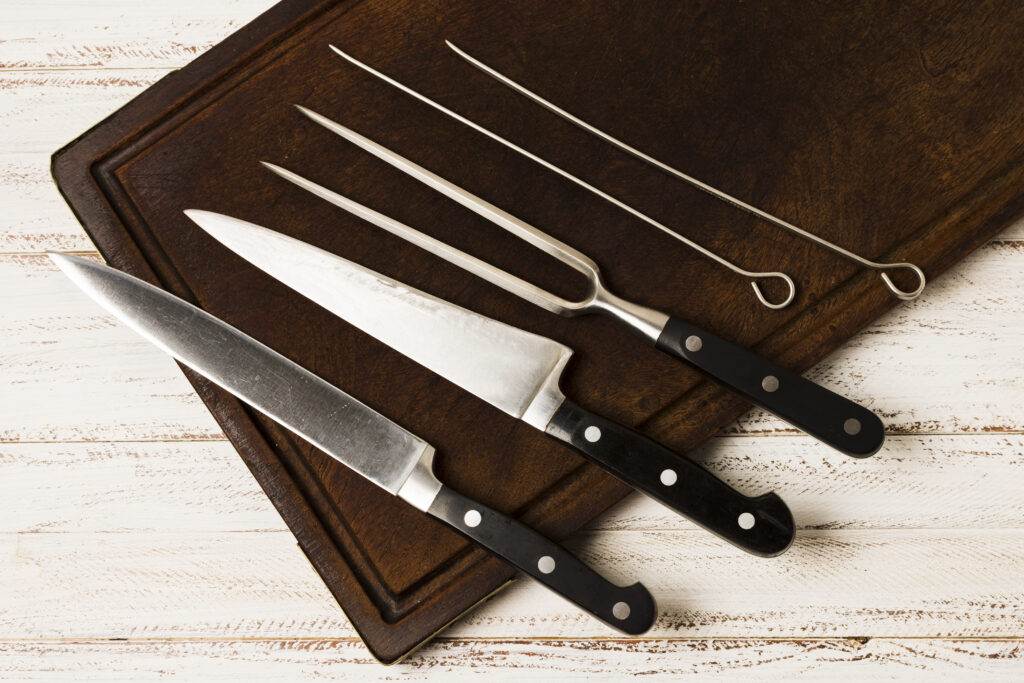
Proper maintenance is key to prolonging the sharpness of your knives after they have been sharpened with a 2×72 grinder. One effective method is regular honing using a honing rod or strop. Honing realigns any microscopic imperfections on the edge without removing significant material, helping to maintain sharpness between sharpening sessions.
Incorporating this practice into your routine will ensure that your knives remain effective for longer periods. Additionally, storing knives correctly plays a vital role in maintaining their sharpness. Avoid tossing knives into drawers where they can collide with other utensils or surfaces that may dull their edges.
Instead, consider using magnetic strips or knife blocks designed specifically for storage. Keeping knives clean and dry after use also prevents corrosion and damage that can affect their performance over time. By implementing these maintenance tips, users can enjoy consistently sharp knives while extending their lifespan.
Troubleshooting Common Issues: How to Address Uneven Sharpening
Even experienced users may encounter issues such as uneven sharpening when using a 2×72 grinder. This problem often arises from inconsistent pressure or angle during sharpening. To address this issue, it is essential to develop a steady hand and maintain a consistent angle throughout the process.
Practicing on less valuable blades can help build confidence before working on more expensive or cherished knives. Another common issue is overheating, which can lead to warping or loss of temper in the steel. To prevent this from happening, take breaks during sharpening sessions to allow both the blade and belt to cool down.
Additionally, using a technique called “sweeping” can help distribute heat more evenly across the blade’s surface. By incorporating these troubleshooting strategies into your sharpening routine, you can achieve more uniform results while preserving the integrity of your knives.
Expert Tips and Tricks: Advanced Methods for Perfecting Your Sharpening Skills
For those looking to elevate their sharpening skills beyond basic techniques, several advanced methods can be employed with a 2×72 grinder. One such technique involves using jigs or fixtures that help maintain consistent angles during sharpening. These tools can significantly improve accuracy and repeatability, especially when working on multiple blades or specific knife profiles.
Another expert tip is experimenting with different belt materials and grits based on your specific needs. For instance, using a finer grit belt followed by a leather strop can create an exceptionally sharp edge suitable for precision tasks like filleting fish or intricate woodworking projects. Additionally, learning about different blade geometries and how they interact with various abrasives can provide insights into optimizing your sharpening process.
In conclusion, mastering the use of a 2×72 grinder requires practice, patience, and an understanding of various techniques and tools available in the market today. By focusing on safety precautions, selecting appropriate abrasives, and implementing effective sharpening methods, users can enhance their skills while enjoying the benefits of sharp knives in their craft. With dedication and attention to detail, anyone can become proficient in using this powerful tool effectively.

FAQs
What is a 2×72 grinder?
A 2×72 grinder is a type of belt grinder that uses a 2-inch by 72-inch belt for sharpening and shaping knives and other tools. It is a popular choice among knife makers and metalworkers due to its versatility and power.
Why use a 2×72 grinder for knife sharpening?
A 2×72 grinder is preferred for knife sharpening due to its ability to quickly and efficiently remove material from the blade, allowing for precise sharpening and shaping. It also provides a consistent and uniform edge, making it ideal for achieving a razor-sharp finish.
What are the benefits of using a 2×72 grinder for knife sharpening?
Using a 2×72 grinder for knife sharpening offers several benefits, including the ability to quickly remove material, precise control over the sharpening process, and the ability to achieve a razor-sharp edge with minimal effort. Additionally, the grinder allows for the customization of blade shapes and angles to suit specific cutting needs.
What safety precautions should be taken when using a 2×72 grinder for knife sharpening?
When using a 2×72 grinder for knife sharpening, it is important to wear appropriate safety gear, such as safety glasses, gloves, and hearing protection. Additionally, it is crucial to ensure that the grinder is securely mounted and that the workpiece is held firmly in place to prevent accidents. Proper training and understanding of the grinder’s operation are also essential for safe use.
Can beginners use a 2×72 grinder for knife sharpening?
Yes, beginners can use a 2×72 grinder for knife sharpening, but it is important to start with proper training and practice on scrap materials before working on valuable knives. Understanding the grinder’s operation, safety precautions, and the sharpening process is crucial for beginners to achieve the desired results and avoid accidents.
